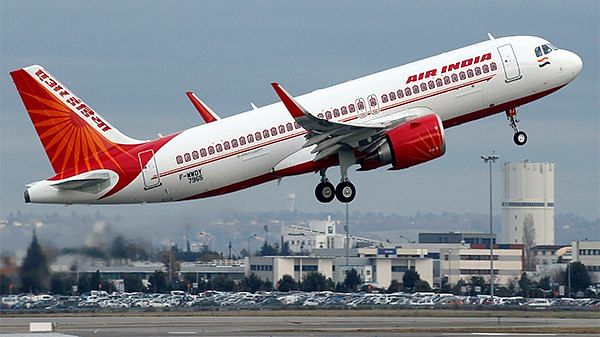New Delhi: The Ahmedabad-London flight, which had 242 people on board, appears to have crashed shortly after it took off.
Take off and landing are critical junctures in the lifespan of a flight.
According to an American legal firm, which analysed plane crash data, nearly half of all aviation accidents from 1983 to 2019 took place during takeoff or landing.
The Air India flight, a Boeing 787-8 Dreamliner, bound for London from Ahmedabad, crashed in the Meghaninagar area of Ahmedabad after taking off. The pilot gave a ‘Mayday’ call to the Ahmedabad airport air traffic control shortly after taking off at 1.39 pm on Thursday.
“Take off is a very critical segment of the flight. It’s when there’s maximum stress on everything,” said Mahendar Mahajan, deputy director of flying training at the DGCA. “The engines are running at full strength. Other factors, like the performance of the aircraft also play a role, as do atmospheric conditions.”
The temperature pressure, the length of the runway, as well as its up and down gradient also become crucial during take off and landing. Wind shifts are also high, and bird activity can also cause issues. The 2009 US Airways Hudson River incident took place due to “bird ingestion in both engines.”
“We get used to it with experience, performing the same tasks time and again. But adrenaline is high and it requires utmost attention,” said a pilot with Air India Express, requesting anonymity. He added it gets “worrisome” during high pressure environmental changes.
A study published in Nature showed that pitch attitude is key to laying out a framework for aviation safety. Aircraft pitch takeoff refers to the juncture “from the start of taxiing to taking the main wheel off the ground.”
“From the start of taxiing to the departure of the main wheel from the ground, the aircraft must adopt various flight operation strategies to ensure that the task is completed with a safe ground departure attitude,” said the study.
Zero liberties
Mahajan compared a flight taking off to a human body running up a hill. In both scenarios, the strain is enormous, and must be borne by various parts. For an aircraft, it’s the engine, the overall performance capacity of the aircraft, and human intermediaries like air traffic controllers.
Take off is also a now or never moment for pilots. When they’re sequestered thousands of feet in the air, they have time to make decisions. But during take off, there are zero liberties.
The Air India Express pilot also noted that during simulator sessions, trainees are “mandatorily” taught how to handle engine failure at V1 speed, which is the speed at which a plane takes off.
“Pilots are taught to register any abnormality during take-off. Every pilot is taught about adverse situations,” said Mahajan. “When you’re thousands of feet in the air — you have ‘safety height’. There’s time that is available.”
Otherwise, Mahajan added, all you can do is “fit your decision in” because you don’t have time.
(Edited by Aamaan Alam Khan)






